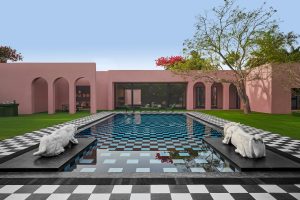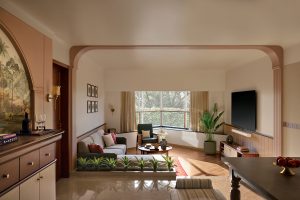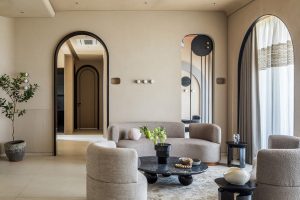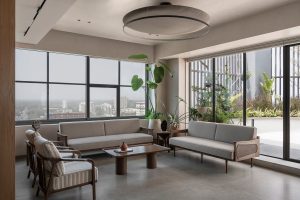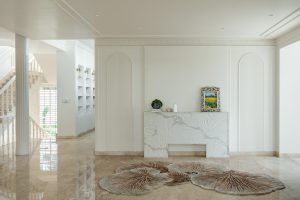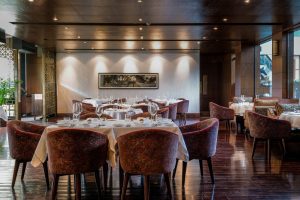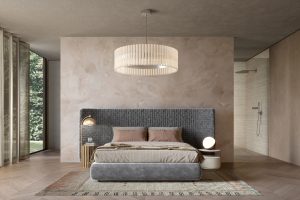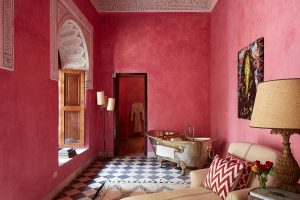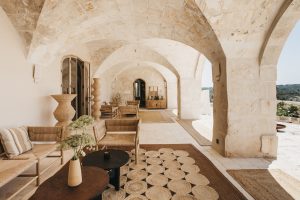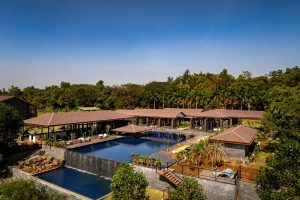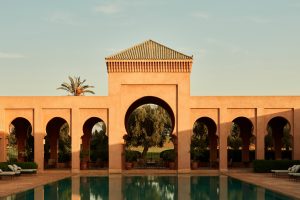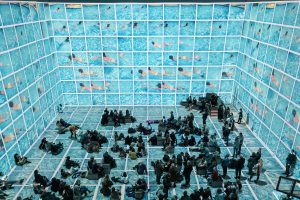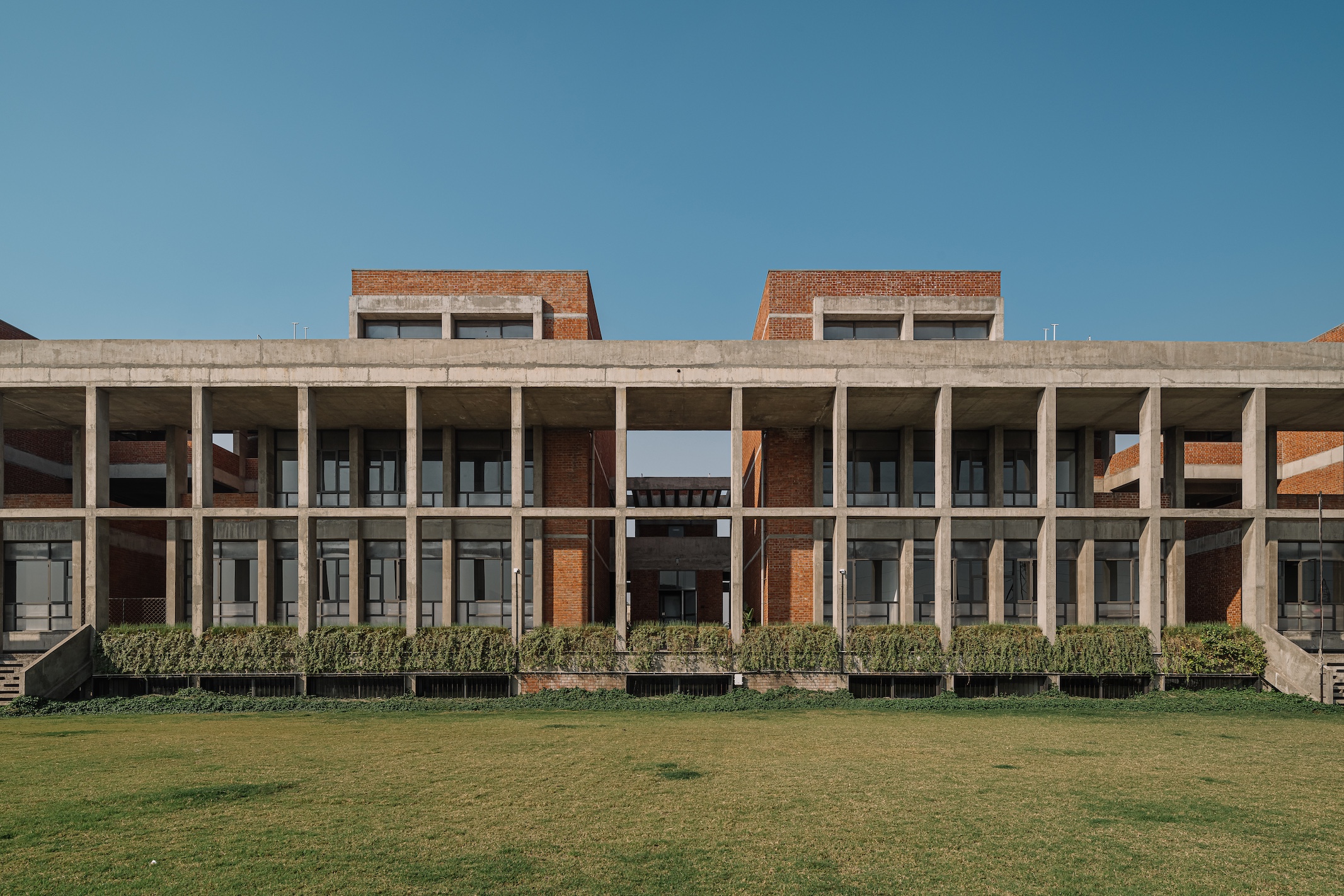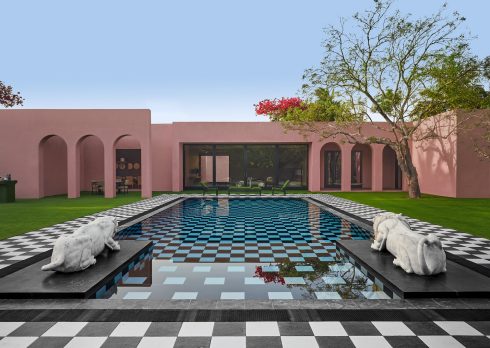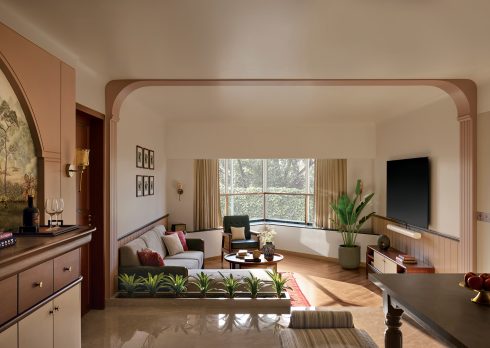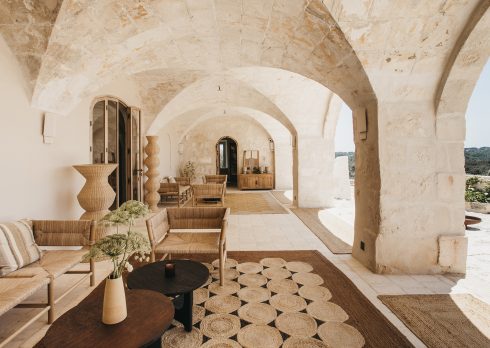Reimagining A Women’s College In Surat : A New Benchmark In Institutional Architecture
The Girl’s College by Neogenesis+Studio0261 in Surat is a marvel of design and functionality. It integrates rigid squares and gracefully curved staircases with safety at the forefront.
Architects and designers often struggle with the balance between functional and aesthetic design elements when building institutions. By making the space utilitarian, its users are guaranteed a secure, convenient, and welcoming atmosphere while it fulfils its intended purpose. Girls’ College for Model Education Trust, designed by Neogenesis+Studi0261in Surat’s Unn area, exemplifies this interplay by combining practical elements.
The project’s original goal was to build a landmark nursing college representing the trust’s identity, providing safety, and offering a supportive learning atmosphere. The team’s final design largely complies with these goals; it has unique architecture that functions, a secure arrangement with staff areas positioned peripherally in a centralperipherally a central garden, and exposed brick and concrete for a contemporary yet sturdy look.
The project is conceived to serve underprivileged women from nearby areas and villages. As a result, the overall introversion of the design was intended to create a calm and comfortable learning environment by isolating the sounds of the nearby bustling roadways. Additionally, the overlooking terraces provide good visual connectivity and opportunities for communication and interaction. As the college focuses on educating kids from underprivileged backgrounds, building such scale and grandeur helps foster a sense of accomplishment and ambition.

Vernacular Material Meets Modern Design
The building sees vernacular materials like exposed bricks and concrete, reimagined through modern architectural systems. Most importantly, it demonstrates the process of reinvention—taking these materials, merging them with the industrial charm that has worked for ages, and contextualising them in a modern setting. To regulate temperature and withstand local temperatures, it offers thermal mass, structural strength, and durability. The layout of the voids is intended to improve cross-ventilation during the day. This women’s college planned as a nursing institute was envisioned to embody the trust’s identity and purpose. The design by Ar. Chinmay Laiwala , Ar. Jigar Asarawala, and Ar. Tarika Asarawala aims to create a modest yet impactful working environment that will stand as a testament to the institute’s commitment to education and empowerment. The thoughtful master plan includes three blocks, intended for phased execution, strategically arranged to form a central garden. This garden serves as an active open area, fostering interaction and providing a serene environment for students.

Staff areas and circulation cores were set up near the road to improve safety, while classrooms and labs faced the central garden. (Image Credit: Ishita Sitwala, The Fishy Project)
Building With Safety At The Forefront
The idea presented a significant challenge: constructing a girls’ college that would meet the safety expectations of parents while also fostering an environment conducive to freedom of movement and social interaction. According to architect Jigar Asarawala, “As the site lies near an industrial area, ensuring the safety of female students was crucial for creating a conducive learning environment and fostering a sense of security.”
A major part of the design focused on keeping safety a priority. To enhance safety, staff areas, and circulation cores were planned peripherally, near the road, while the main classrooms and labs faced the central garden. Moreover, this introverted layout promotes the well-being of the students by creating a serene and focused learning environment.

A Careful Balance Of Composition And Projections
This structure has a visually appealing integration of rigid squares and a curved staircase block, all linked by wall-planned walkways. This design creates a dynamic composition on the western façade, where curved and rigid blocks with projections juxtapose beautifully. In contrast, the eastern façade’s structural frame, setbacks, and passages break down its rigidity and scale, resulting in a balanced and visually appealing architectural form. Circulation within the building is seamlessly facilitated through a well-thought-out succession of terraces, passages, and necessary split levels, ensuring that every space is utilized effectively. This considerate design contributes to an effortless and stimulating user experience

The choice of materials further enhances the building’s charm and functionality. Exposed brick and concrete blend industrial allure with contemporary elegance, while horizontal concrete bands between the brick sections ensure seamless integration of materials. The Kota stone flooring, combined with WPC profiles for door frames, provides a neutral and understated backdrop that complements the building’s overall design.

The most arresting feature of the college is the meticulous attention to detailing and craftsmanship that is evident as the building responds to the sun’s movement, creating dynamic expressions in the internal spaces and the double-height passage. This interplay of materials and light highlights the building’s visual allure and communicates a sense of quality and craftsmanship. Ultimately, the choice between functional and aesthetic design elements in institutional architecture should not be a binary but a harmonious integration of both.


